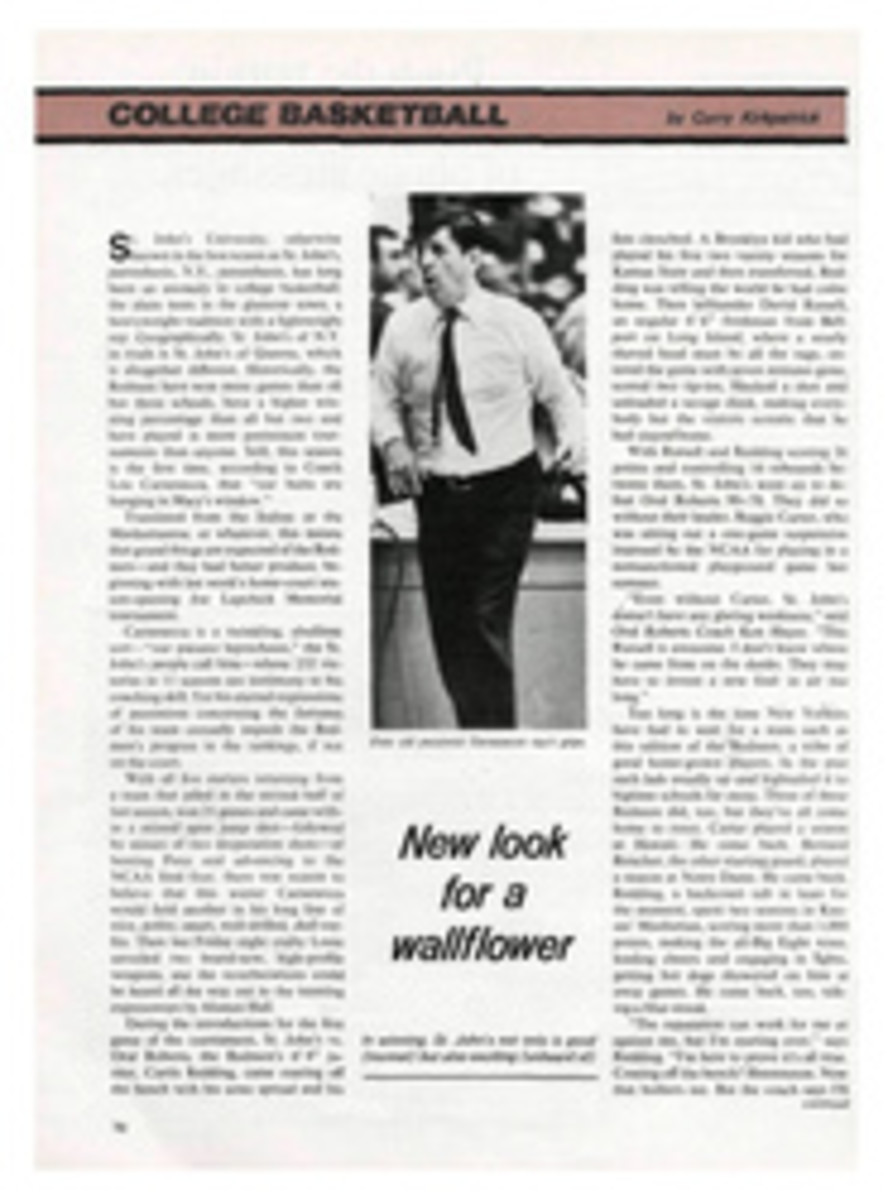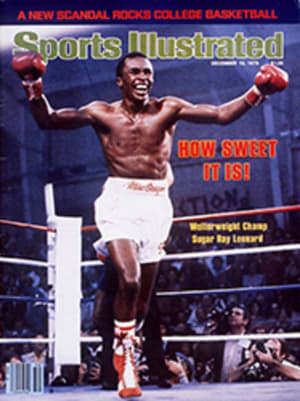
THIS MARATHON MAN ISN'T BATTIN' THE BREEZE WHEN HE SAYS HE RAN A 9.4 100
One of the small, unexpected consequences that result from a young and unknown runner making a breakthrough into national or world class is that some days later a questionnaire appears in his mailbox from Track & Field News, that extraordinarily thorough record keeper and conscience of the sport. The form asks for details of the athlete's training and, to help gauge his potential, it asks that he list all his best times, from 100 yards on up, even if he is a long-distance runner.
So it happened in 1964, when as a sophomore at Oregon I improved from 9:15 for two miles to 8:48.2. I was pleased by the arrival of the form and filled it out truthfully, even solemnly, for it seemed almost as much a passage to success as had been the race in which I had run so well. But Track & Field News never printed my best 100-yard time. They didn't even ask me about it. They just let it drop, surely thinking it an embarrassing, sophomoric lie.
I had put down "9.4w."
The little "w," of course, stood for wind-aided. The wind had been my ally, and I certainly did not want to deceive anyone. Now, if they had asked me about it, if they had wanted to know precisely how much wind I was helped by, I would have been honest. I would have said about 85 mph. Then I would have told this story.
On Oct. 12, 1962, Columbus Day, when I was one month into my freshman year of college, a freakish windstorm, like no other in memory, blew out of the Pacific from the southwest and roared up Oregon's Willamette Valley. The earth had been soaked by more than a week of steady rain, and trees, the grip of their roots weakened by the soggy soil, were at the mercy of the gale.
The rising wind came to my attention during math class in Deady Hall, the oldest building on the Oregon campus, which had a distracting view of a walkway beneath a number of stately Douglas firs. I looked up from a differential equation to see several splendid trees falling across the walk.
An hour later a third of the trees were down. Rings of students chanted and cheered as each 200-year-old fir swayed and struggled against the blast before finally yielding with a groaning and popping of roots, the gray-green mass of branches descending upon running fraternity daredevils, the roots lifting a great crater out of smooth lawn.
Now, I suppose, I would weep at the loss. Then, strangely unaffected, I went from class to cross-country practice. Naturally, it was canceled, but soon several runners were on the practice track behind Hayward Field, running windblown 100-yard dashes. My roommate, Bruce Mortenson, who would win the 1965 NCAA steeplechase, did one in 9.9. "The wind is like a huge hand on your back," he said. "It's hard to keep your balance, and it's almost impossible to slow down."
We learned how to use the gale to maximum effect, running with high bounds, almost leaning back into its palpable cushion. I happened to catch a great gust and was thrown to my 9.4. Then Gordy Paine, a 10-second sprinter, came out and strode through an 8.8. (At the time the world record was 9.2; it is now 9.0.) "Let me try that again." he shouted, his eyes wide with greed. But at that moment, half the roof blew off the ATO house, upwind across 18th Street, and suddenly the air around us was filled with shingles and spinning sheets of tin. We took refuge in an unfinished portion of the athletic department buildings, staring out at the damage that had escaped our notice during our record-breaking frolic: blue sparks leaping as power lines thrashed in the streets like beheaded serpents, severed tree limbs crashing down on parked cars.
"This never happens here," we said, and we were right, it doesn't. Oregonians always shake their heads when hurricanes hit the South and East, tornadoes rip up the Midwest, fires and landslides and earthquakes ruin California. "Lord, why do people stay in such places?" we say. Only on Columbus Day, 1962 did it seem there was nowhere for us to hide.
At my home across town an old oak tree dropped a two-ton limb onto the house, crushing a bedroom. My 15-year-old brother, straining with my father to hold up a cherry tree in our front yard, said, "You know, this is the worst thing that ever happened to me." Even among the wreckage my father had to laugh. "May it remain so." he said.
Indeed, the wind did not turn out to be a killer storm, not like those the rest of the country must deal with. My recollections of its aftermath are mostly those of an aching back and shoulders, a whine in my ears from a night and a day of working with a chain saw and days spent freeing cars and streets of trees that innocently had grown all their lives without ever feeling such a gale.
The wind never reaches 30 mph in Eugene now without mention of the Columbus Day Storm, and as new generations grow up unimpressed by our talk of a storm they did not witness, it would be nice to have that 9.4w there in the public record as proof of a day when half a state learned to regard its weather as not always predictable, when nature made a callous youth experience the faint disquiet of new respect.

